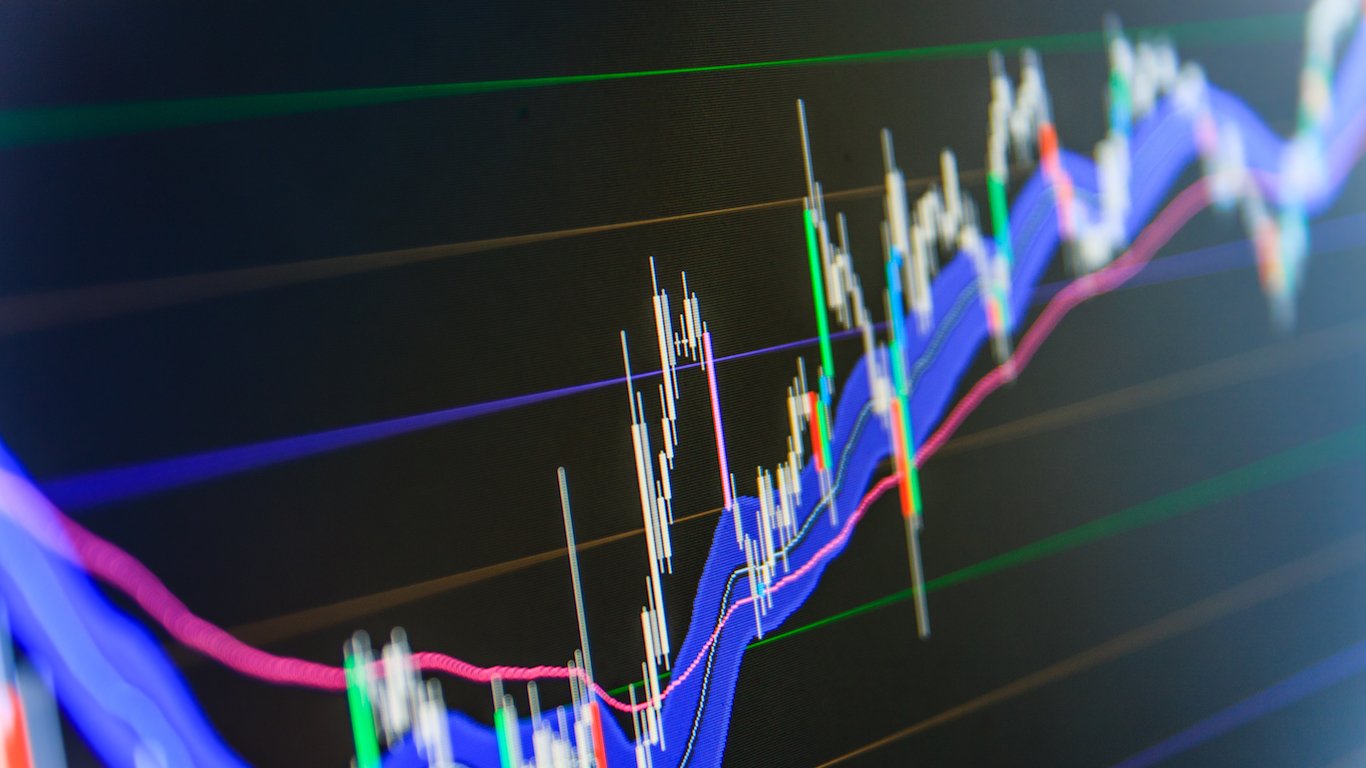Investing
Did Massive ETF Inflows in Stocks, Bonds & Gold Mark a Summer Top in All 3 Asset Classes?

Published:
Last Updated:

More and more cash is going to work into the financial markets. The problem with that statement is that the money is being put to work in all of the most common asset classes rather than being highly biased toward one asset class over others. That’s at least what the money flows into exchange-traded funds (ETFs) seems to be signaling. While most investors hate to deviate from the herd, this is where a contrarian needs to be asking whether or not the public is adding money into all asset major classes just in time to catch a mid-summer peak. After all, the “sell in May” panic was replaced by a euphoric June and it was a time when prices of stocks, bonds and gold all simultaneously rallied.
Data have come out in the last two days showing very similar inflows into ETFs tracking stocks and bonds in June. A report on Monday from FactSet showed that US-listed bond ETFS had brought in about $33 billion during June, and the asset class has now surpassed $1 trillion in bond ETF holdings.
Factset showed that BlackRock’s iShares led the charge among bond ETFs, with its iShares iBoxx $ Investment Grade Corporate Bond ETF (NYSE: LQD) being the top inflow king in June after having been traded for 17 years. The latest showing on its own website showed that this had a net asset value rise of 11.8% so far in 2019 and that it held almost $36.9 billion in assets. FactSet further noted that the top 5 bond ETFs from June’s inflows were all iShares family ETFs. Those included ETFS which invest in Treasuries, investment-grade corporate bonds and in the so-called junk bond ETFs.
Those US-listed ETFs tracking equities took in over $33 billion in June as well, even as the market’s post-May recovery rally took the indexes back to all-time highs. Some $5 billion in new inflows went into the BlackRock iShares Russell 1000 Value ETF (NYSE: IWD), while the iShares Russell 1000 Growth ETF (NYSE: IWF) added about $4 billion. The Vanguard S&P 500 ETF (NYSE: VOO) was shown to have seen $2.6 billion in net inflows in June.
The ‘IWD’ website shows that the gain in 2019 has been 16.8% and that the total assets in the value ETF are almost $39.3 billion. The same iShares site showed that the ‘IWF’ ETF was up 22.5% so far in 2019 and had almost $45.8 billion in assets. The ‘VOO’ ETF held $106.5 billion in assets on last look, but its own website indicated that the date was as of May 31.
Even gold, which is viewed as the ultimate safety trade, added net inflows in June. FactSet showed that the State Street SPDR Gold Trust (NYSE: GLD), the top gold-backed ETF of them all, added in about $2.3 billion in new investor commitments. To show just how intertwined the markets can be, the Stock Trader’s Almanac showed in mid-June that the prospect of even lower interest rates was boosting gold. The SPDR website for the ‘GLD’ ETF
What is amazing about the inflows all happening in gold, bond and stock ETFs is that this was a time when both stocks rose and long-term bond yields fell. And gold rallied much of the month around continued uncertainties around trade, Iran and U.S. politics. It is a time when economic reports covering May and covering the live month of June were by and large lower, and even GDP forecasts using Fed-models were slowing down to sub-2% growth.
Another observation from FactSet was issued on June 28 signaling that there had been 113 of the S&P 500 companies which issued earnings guidance for the quarter; and of those, 87 issued negative earnings guidance (with just 26 issuing positive earnings guidance). According to FactSet: that 87 company tally with negative second quarter guidance was above the 5-year average of 74 and it was the second highest number of S&P 500 companies giving negative earnings since FactSet began tracking that specific data in 2006. The only worse report was the 92 warnings from the first quarter of 2016.
Other groups have tracked ETF inflows and outflows as well. The ETFdb.com website recently showed how China ETFs were surging based on the rekindled US-China trade talks.
Even BofA Merrill Lynch showed a report on its client inflow trends. The firm noted that its clients returned to buying U.S. equities heading into the G-20 meeting last week, with institutional investors and hedge funds leading the way. Funds were also shown to have flowed into defensives over cyclicals but the firm continues to see opportunities in cyclicals.
BofA Merrill Lynch also sees strong stock buybacks ahead. Their view is that buybacks were up 18% from its corporate clients in the first half, and the firm now sees the potential for as much as $1 trillion in S&P buybacks in 2019.
And as July’s first day saw a large opening gain in stocks in the U.S., the end of day gains were more muted and the second day of the month (Tuesday) was seeing a give-back in stocks as optimism about reality in a trade compromise is harder to find than hopes of a U.S. and China trade pact later in 2019.
Finding a qualified financial advisor doesn’t have to be hard. SmartAsset’s free tool matches you with up to 3 fiduciary financial advisors in your area in 5 minutes. Each advisor has been vetted by SmartAsset and is held to a fiduciary standard to act in your best interests. If you’re ready to be matched with local advisors that can help you achieve your financial goals, get started now.
Thank you for reading! Have some feedback for us?
Contact the 24/7 Wall St. editorial team.